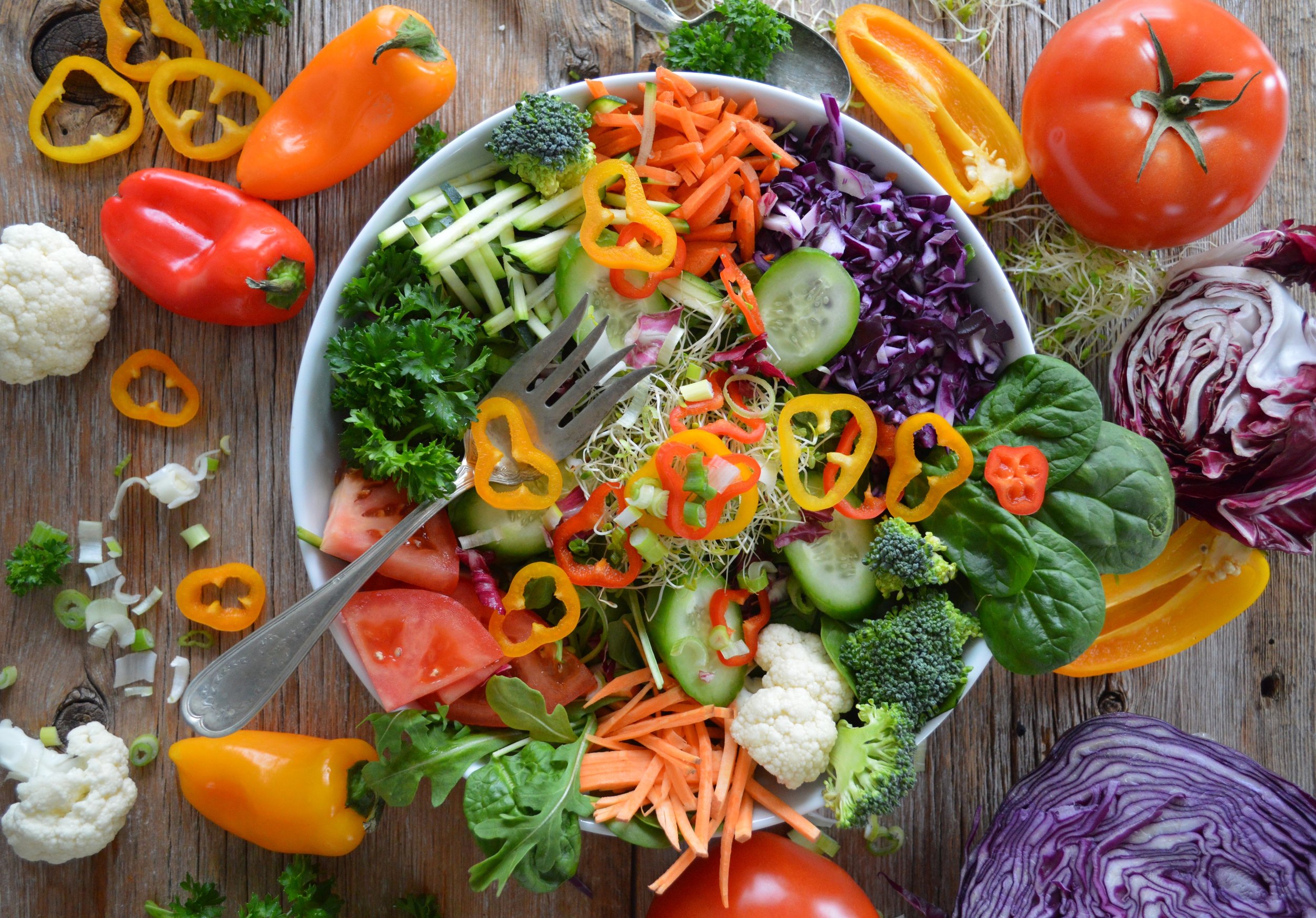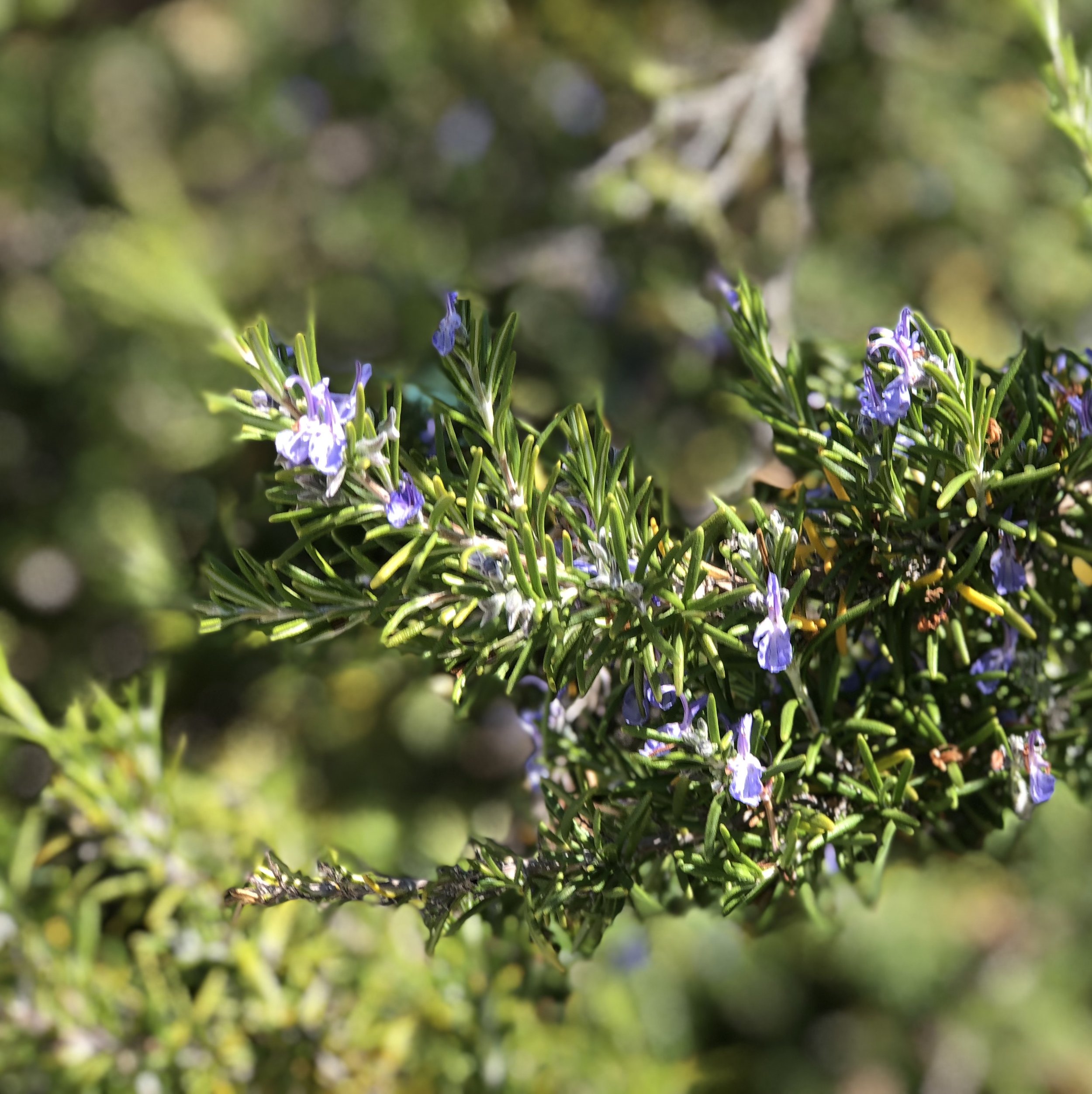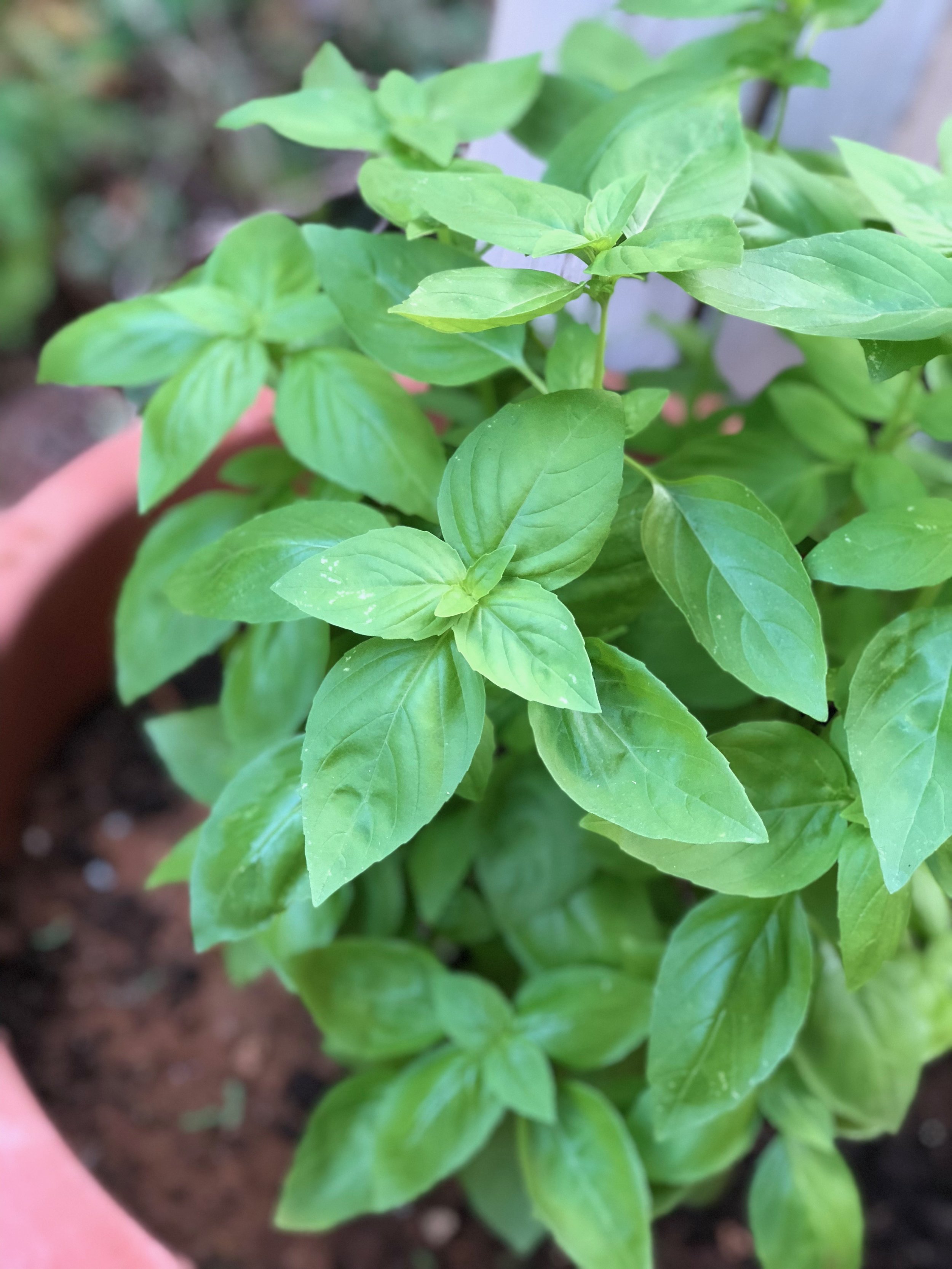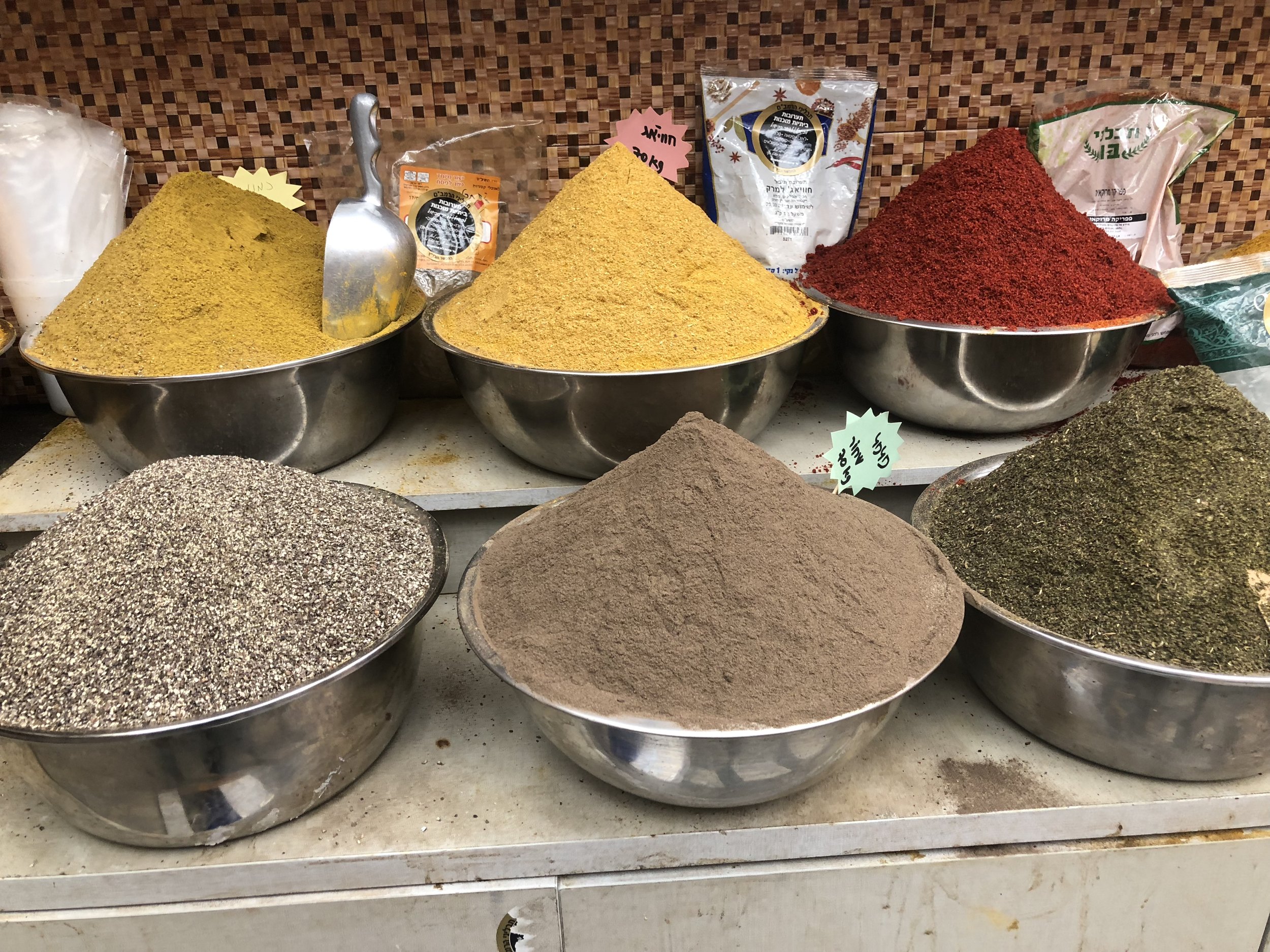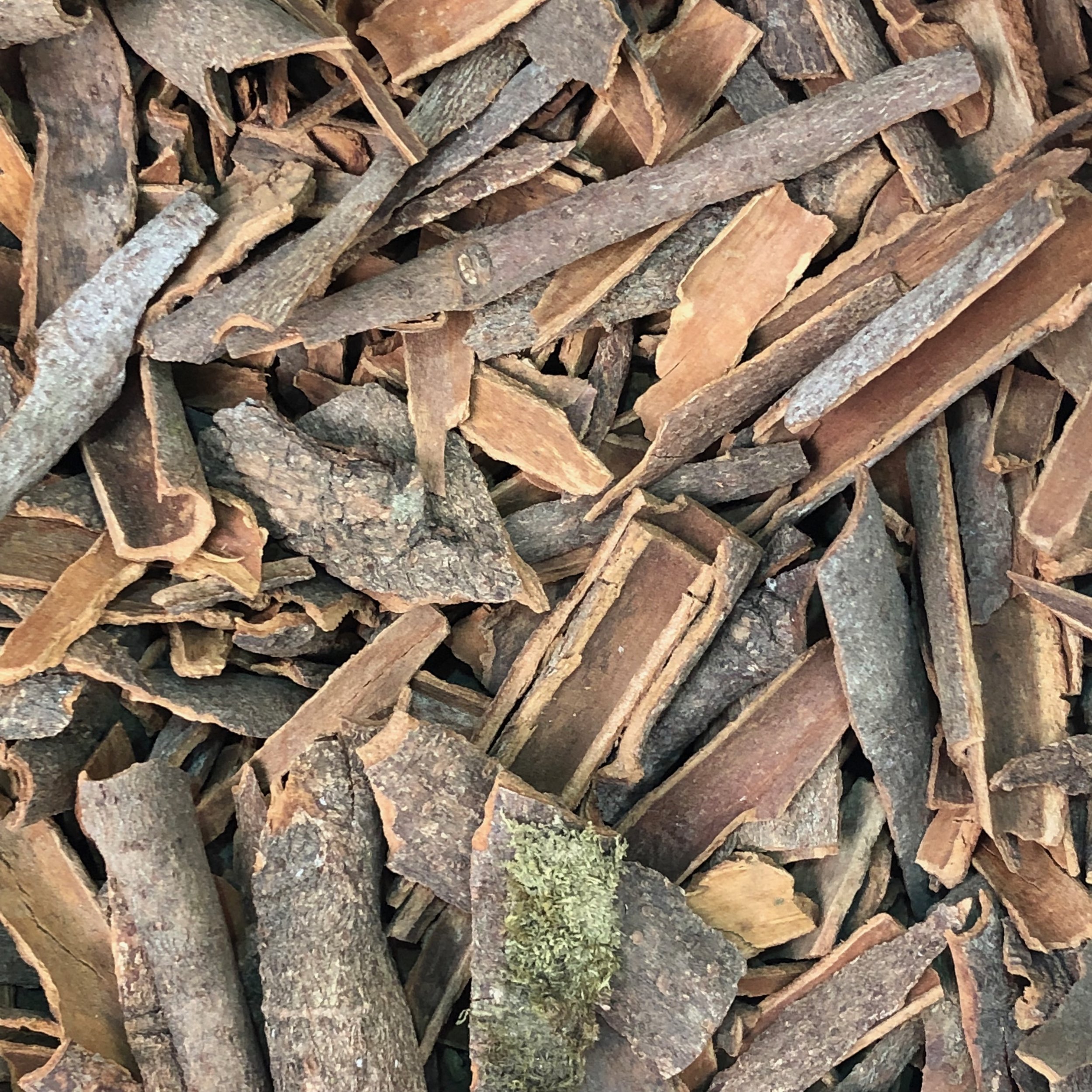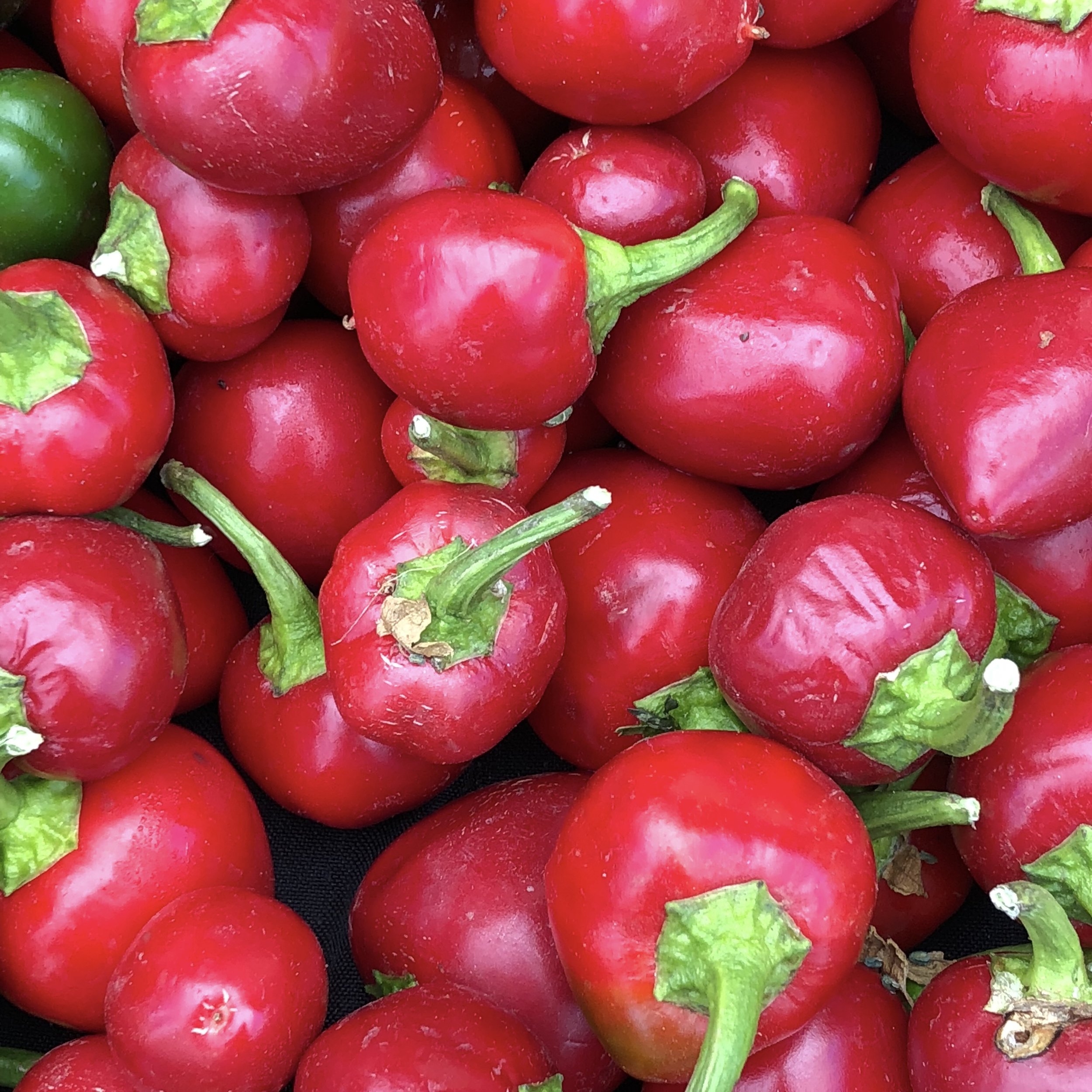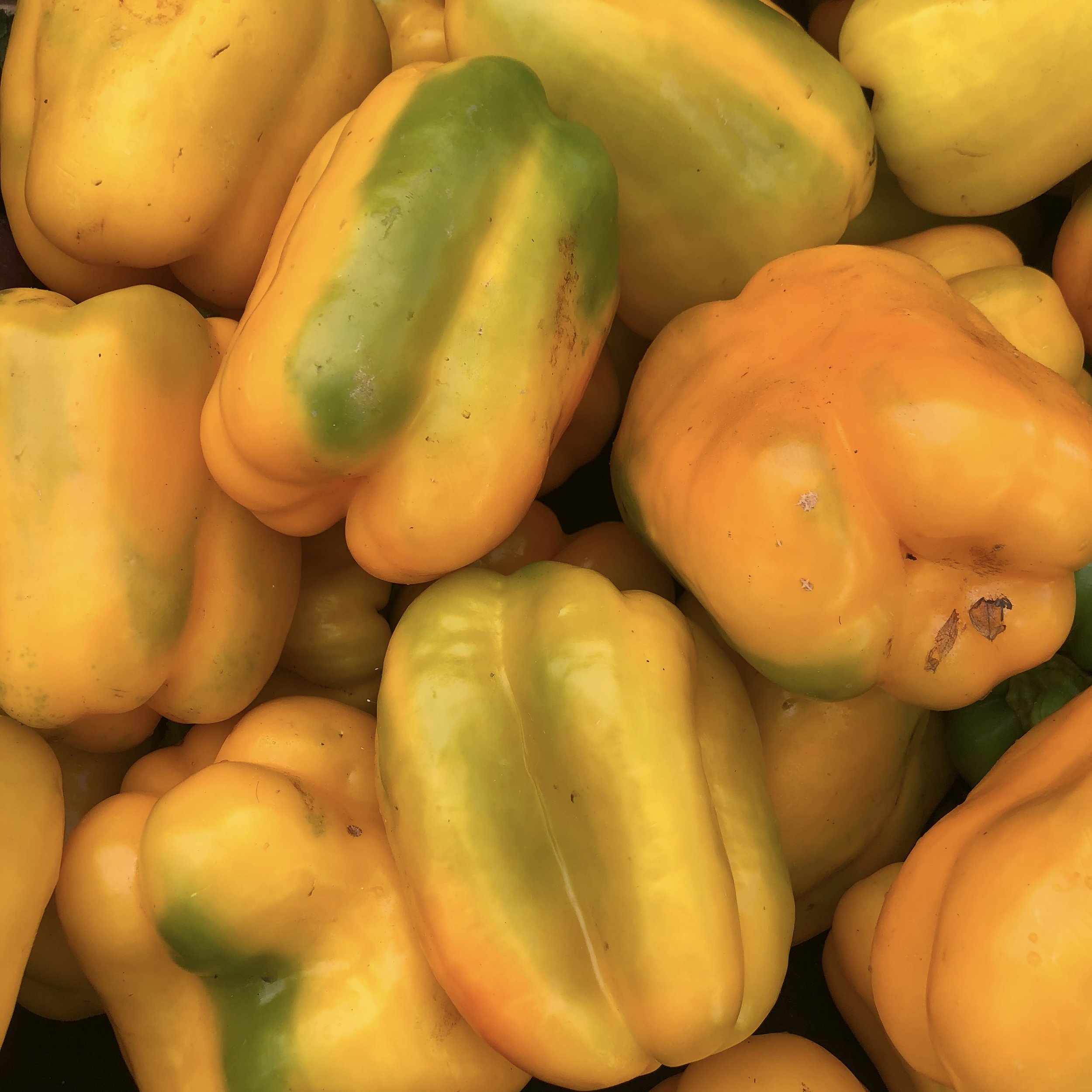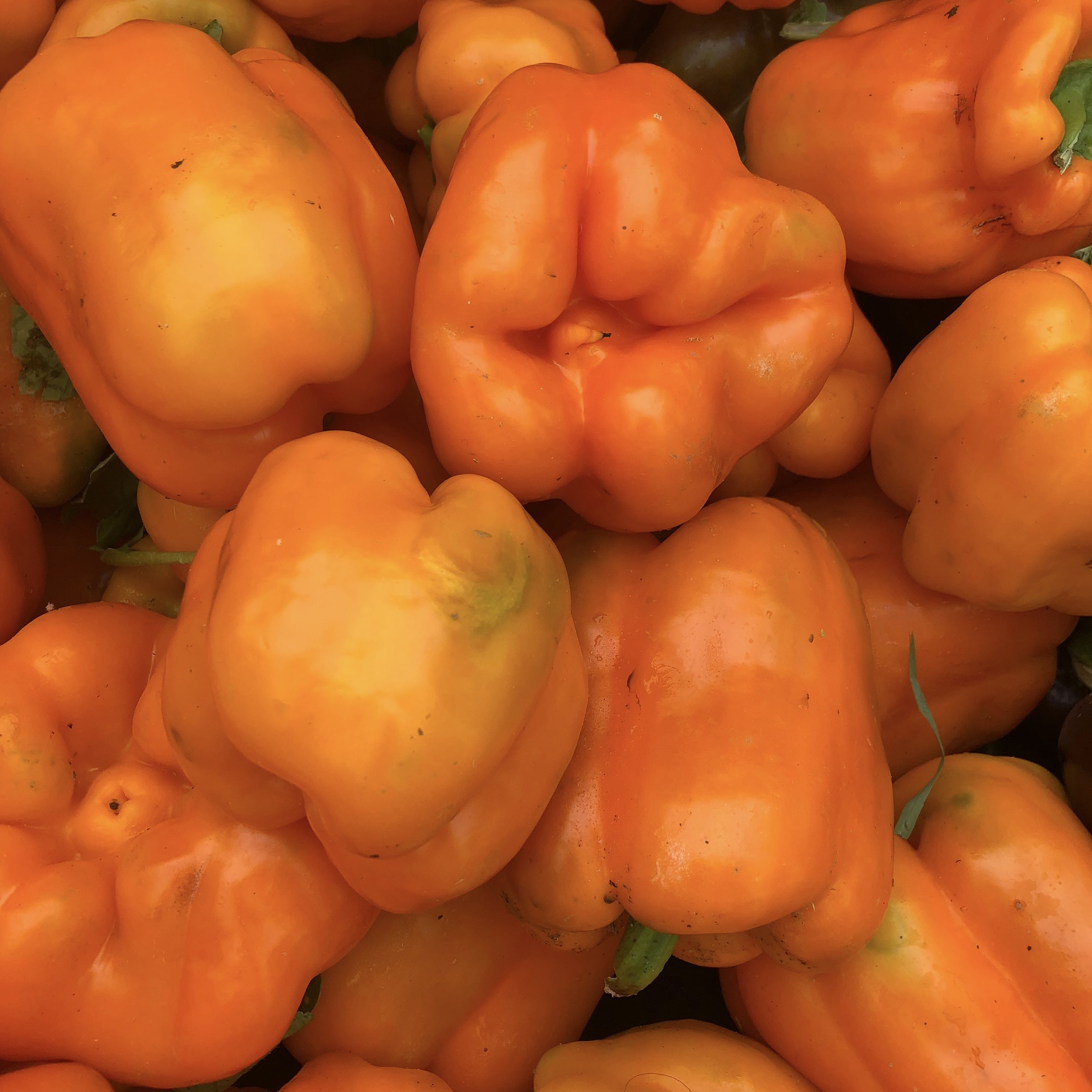Salsify, The Giant Dandelion Lookalike
/I love discovering new vegetables.
For the botanically-minded, summer camping trips in the forest are auspicious opportunities for discovery – if you are paying attention. My family and I were walking down a one-lane road in Sequoia National Park in July when I encountered this beautiful-looking flower. I had no idea what it was but it resembled a giant dandelion.
A Classical Culinary Favorite
As it turns out, this is the flower of a root vegetable called salsify. It is very common to find it growing wild all over North America and Europe. Hard to believe, but it was once a wildly popular vegetable. Salsify is a very hardy plant, requiring little water and thriving in poor soil. Its outer husk resembles the color and texture of cassava root, while the inside looks like a yellow carrot or a parsnip.
Salsify can be used as a replacement for starchy vegetables like potatoes – and it’s much more nutritious. With significant amounts of iron, potassium, calcium, magnesium and manganese, as well as vitamin C and lots of fiber, it is truly a superfood.
I have yet to find salsify in a supermarket or at a Farmer's Market vendor, and I am on a mission to seek out and taste it. For now, I will settle for the memory of that beautiful dandelion-like wisp of a flower.

